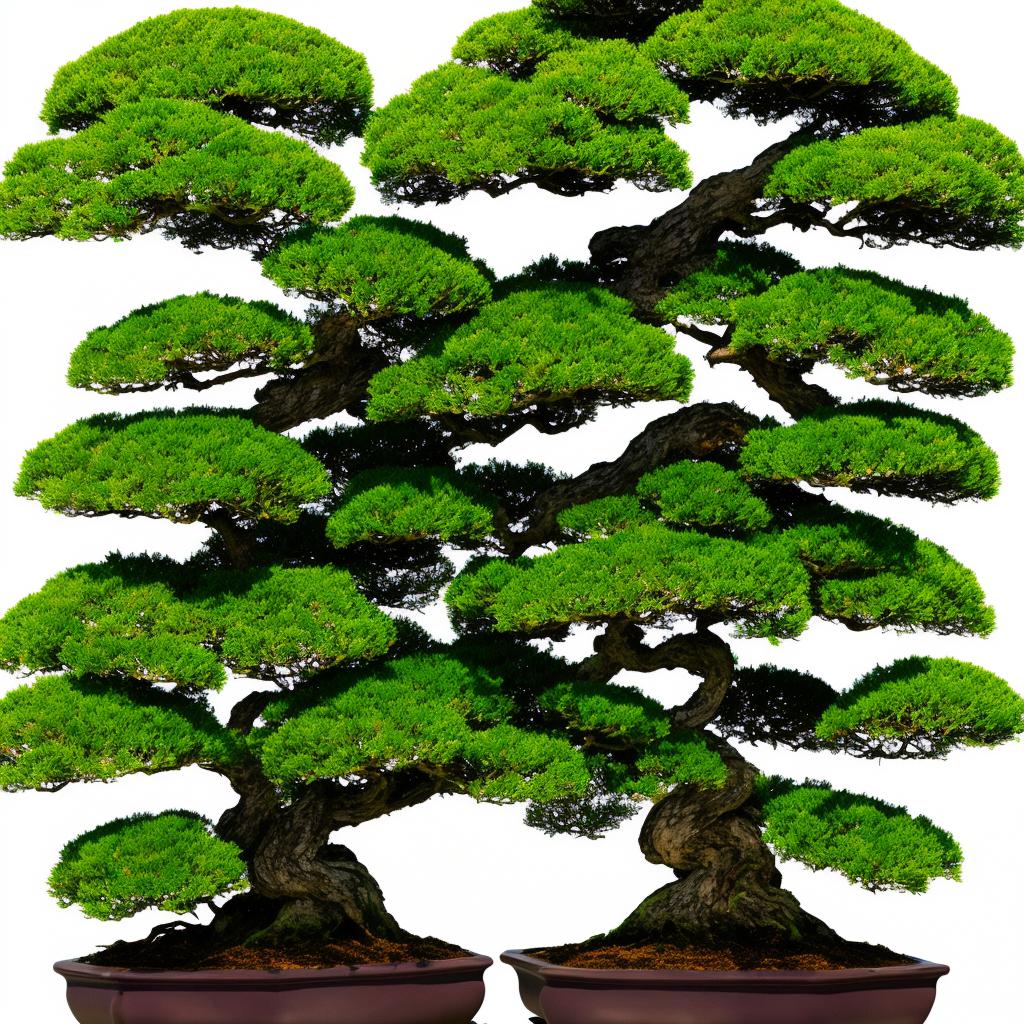Bonsai trees are often referred to as miniature masterpieces, each one uniquely shaped and carefully cultivated to reflect the beauty of nature in a small and exquisite form. For those new to the art of bonsai, the task of crafting and caring for these living works of art can seem intimidating. This beginner’s guide will walk you through the basics of bonsai cultivation, from selecting the right tree to shaping and maintaining its beauty for years to come. Whether you’re a seasoned gardener looking to expand your horizons or a complete novice intrigued by the art of bonsai, this guide is your key to unlocking the secrets of this ancient and captivating practice.
– Understanding the History and Philosophy of Bonsai
One of the most fascinating aspects of bonsai is its rich history and philosophy that dates back hundreds of years. The art of bonsai originated in China and was later refined and popularized in Japan. It is believed that the practice of cultivating miniature trees began over a thousand years ago as a symbol of harmony, balance, and patience.
Understanding the history and philosophy of bonsai is essential for any beginner looking to embark on this ancient art form. Bonsai is not just about growing miniature trees; it is about capturing the essence of nature in a confined space. The philosophy behind bonsai emphasizes the connection between humans and nature, as well as the importance of mindfulness and tranquility in the process of nurturing these tiny living works of art.
– Selecting the Right Tree Species and Potting Materials
When starting your journey into the art of bonsai, it’s crucial to carefully select the right tree species and potting materials. Different tree species have varying growth patterns and requirements, so it’s essential to choose one that aligns with your skill level and the environment where you plan to keep your bonsai tree. Some popular beginner-friendly tree species for bonsai include:
- Juniper: Hardy and forgiving, making it ideal for beginners.
- Ficus: Adaptable to different light conditions and easy to care for.
- Chinese Elm: Tolerant of pruning and shaping, perfect for learning bonsai techniques.
When it comes to potting materials, opting for well-draining soil is essential to prevent waterlogging and root rot. A good bonsai mix typically consists of a combination of akadama, pumice, and lava rock to ensure proper aeration and water retention. Additionally, choosing the right pot size is crucial – the pot should be slightly larger than the tree’s root ball to allow for growth, but not too big that it hinders proper development.
– Mastering the Techniques of Pruning, Wiring, and Shaping
Pruning, wiring, and shaping are essential techniques in the art of bonsai that allow enthusiasts to sculpt and shape their miniature trees into works of art. Pruning involves selectively removing branches and foliage to create a balanced and aesthetically pleasing tree. It helps promote healthy growth and encourages the tree to develop its desired shape. Wiring is a method used to manipulate the branches of a bonsai tree by strategically wrapping wire around them to guide their growth in a specific direction. This technique allows for intricate shaping and helps achieve the desired look of the bonsai tree. Shaping is the overall process of transforming a bonsai tree into a miniature masterpiece through careful pruning, wiring, and styling.
When pruning a bonsai tree, it’s important to have a clear vision of the desired shape and overall aesthetic. Always start by removing any dead, diseased, or damaged branches. Next, assess the tree’s structure and begin shaping by selectively pruning branches to create the desired silhouette. For wiring, carefully wrap the wire around branches at a 45-degree angle and gently bend them into the desired position. Be mindful of not applying too much pressure, as this could damage the branches. With practice and patience, mastering these techniques will allow bonsai enthusiasts to create stunning miniature landscapes that reflect the beauty and harmony of nature.
– Maintaining Your Bonsai with Proper Watering and Feeding Practices
Proper watering and feeding practices are essential for maintaining the health and vitality of your bonsai tree. When it comes to watering your bonsai, it is important to keep in mind that overwatering can be just as detrimental as underwatering. Check the soil moisture regularly by sticking your finger into the soil; if it feels dry to the touch, it’s time to water. Avoid watering on a set schedule, as the frequency will vary depending on factors such as the size of the pot, type of soil, and the specific needs of your tree.
When it comes to feeding your bonsai, using a specialized bonsai fertilizer is recommended. Fertilize your tree during the growing season (spring to fall) every 2-4 weeks, following the manufacturer’s instructions for dilution and application. Remember, less is more when it comes to feeding your bonsai; over-fertilizing can lead to root burn and other issues. By following these simple watering and feeding practices, you can ensure that your bonsai tree thrives and remains healthy for years to come.
The Way Forward
As you embark on your journey into the intricate world of bonsai, remember that patience and dedication are key to mastering this ancient art form. With practice and care, you can cultivate your very own miniature masterpiece, bringing a sense of tranquility and beauty into your life. Whether you’re a novice or a seasoned gardener, the art of bonsai offers endless possibilities for creativity and self-expression. So, go ahead and let your imagination and green thumb run wild as you explore the enchanting world of bonsai. Happy pruning and happy growing!




